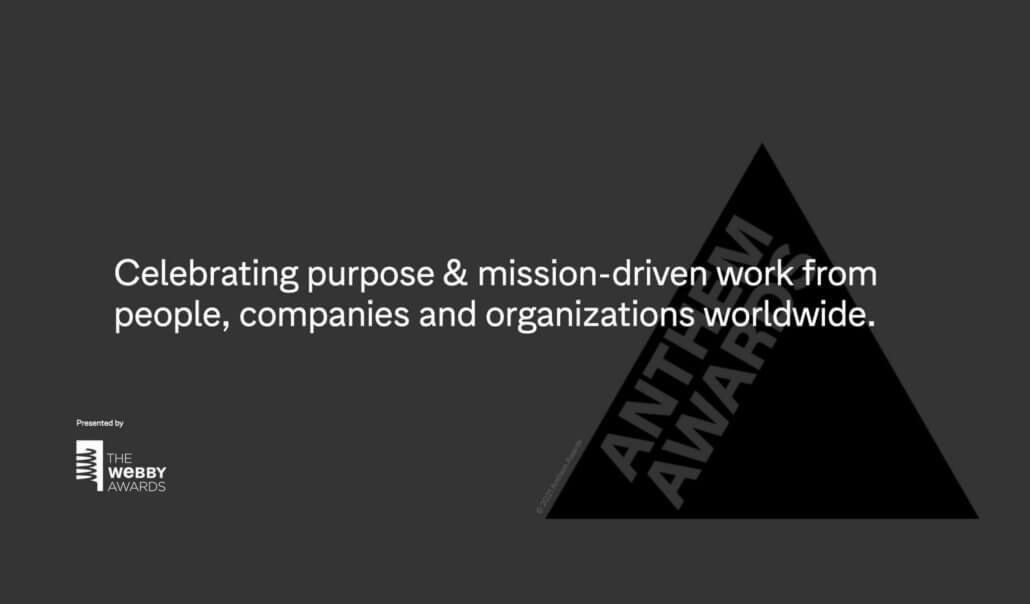Client FAQs When Planning Resources for a Web Development Project
Our insight into the process

Whether you’re working with a web development agency to build a website from scratch or you’re completely redesigning an existing website, there will inevitably be resources required on your end. While your content, design and development teams will be there to support you every step of the way, there are commitments on the client side that are important to budget time for. Having an idea of what’s expected from you and your organization before embarking on the journey of working with a web development agency will not only make the whole build process run smoother but will result in a more effective website that more clearly represents your brand.
To help give you an idea of what’s expected from our clients, we’ve gathered together frequently asked client questions from every phase of the web design and development process.
FAQs We’ll Cover (and more!):
- How should I build my internal website team?
- How much time do I need to allocate for my internal team members?
- How do I know how long my web development project will take?
- What’s the best way to give design feedback to my agency?
- In QA or edits, how do I know if something is a bug versus a user error?
Keep scrolling to read our project management team’s answers to these and more frequently asked client questions so you can dive into your first web development project fully prepared.
If you’re still in the preliminary stages of planning a website build or redesign, we’ve also put together comprehensive information about how to budget your website project.
Frequently Asked Questions Re: The Web Design & Development Process
Identifying Your Internal Team
How should I build my internal website team? Who should get updates vs. who should make decisions?
Your internal team should consist of anyone who needs to have the final say in approving the end product. It’s best to include as few people as possible to make sure feedback is clear and not overly disparate. Differing opinions are welcome if they can be productively discussed together, but lengthy debates amongst various team members can add unnecessary time to a project. (see next question for tips on this)
Here’s a simple way to look at it: Anyone who the project affects should receive updates (e.g. coordinating with the marketing department for launch announcements) and anyone whose approval is needed to keep the project moving should be part of decisions and feedback.
How do I facilitate internal consensus with my team on feedback and adjustments?
To stay away from wide-ranging feedback that can often be based on personal preference, we find it helpful to continually try to center feedback around these questions:
- Will this accomplish our goals as an organization?
- How does this feedback relate to our strategy and goals for this project? (Please, refer back to your strategy docs often!)
- Are we centering feedback around our users and their needs, or are we focusing more on our own desires and gut reactions?
Opinions tend to clash the most when they are based on personal preferences rather than keeping the brand and the website’s goals at heart.
You can also guide your presentation of the project and feedback solicitation with the Strategy document that we work on. This way, it’s easy to keep the project goals and objectives, as well as the organization, centered in the discussion.
How much time do I need to allocate for my team members internally, and how can I get all stakeholders involved sooner rather than later?
The time commitment for your internal team can vary depending on a few factors: the size of your team, how fast your team communicates, and the size of your website project. Our loose recommendation is 3-4 hours a week during the planning, discovery, and design phases, minimal engagement during development, and then 3-4 hours a week for the final few weeks of development (for content edits/entry, QA and launch plan).
At the start of the development phase, your team’s time commitment will reach a lull because our developers will be busy coding your website based on approved designs. Once we have a product to share, QA (quality assurance) begins, and we’ll need more time from your team to review the site, enter feedback in our QA tool, and make any content adjustments.
You can get stakeholders involved sooner rather than later by asking for their approval of the strategy brief to ensure goal alignment and by including them in the site architecture, content, and design phases. Ask for their time at milestones, rather than constantly, so that they can be involved but not overwhelmed.
Planning & Discovery Phase
How do I know how long my web development project will take?
We will provide you with an estimated timeline based on the phases and scope of work included in your project. Typically, development-only projects in which design is provided to us take 10-14 weeks, depending on factors like the complexity of the design, customized features, and the number of pages. Projects that include strategy, design, and development take approximately six months to complete.
Site Architecture & Content Phase
How will I know if I need to hire other contractors like a copywriter, content strategist, photographer, or videographer?
These needs will become clear during our planning and discovery phase in which we take inventory of the assets you already have. We always recommend hiring a content strategist and/or copywriter, whether through Mangrove or a professional in your network, as creating content tends to be the most challenging phase for clients to navigate on their own. Photographers or videographers might be necessary if you do not have many high-quality brand assets and need more specific visuals than what you can obtain from stock images and videos.
What do I need to provide in terms of content and assets? How do I share content with Mangrove? Can I still make content changes after I share content files with Mangrove?
Depending on your budget, you may include stock photography and copywriting within your scope of work with Mangrove. If not, then you will need to provide imagery, copy, copyediting, and logos for your website project. We make it simple for you to share content with us by providing you with structured documents containing links to Google Drive folders where you can easily upload images, videos, and copy.
You can make content changes after sharing content files. However, once we’ve mutually agreed that the content documents are final, we ask that you pause editing until we’ve migrated content into the backend of the website. After we’ve migrated content, you’ll be able to make content changes directly from the backend—we’ll teach you how and provide a manual for future use.
Design Phase
What’s the difference between a wireframe and a mockup?
A wireframe is similar to a blueprint. It’s a black-and-white layout of the high-level pages of your website. This allows us to confirm the structure and content types for each page before spending time to design specifics.
Mockups have full design elements applied—color, imagery, typography, sizing, etc. The content types and layout will be the same as wireframes, but mockups will show you what the site will look like when it’s built.
What are the best ways to give design feedback to my agency? How is design feedback collected and organized? What feedback is needed?
Your agency should guide you in how they like to receive feedback. Here at Mangrove, we like to do an in-person review session in which we take notes of your feedback. We also ask clients to leave us notes directly in Figma, a collaborative design interface tool with a handy comment feature, so that we can see the content area that you are referring to with your feedback.
Here are a few ideas to make your feedback more constructive to eliminate churn and keep your project moving along:
- The most helpful feedback offers a descriptive response to the designs. Example: “When I see this color in the designs, it makes me think of … or it makes me feel …”
- Feedback like “I don’t like it” or “It’s not creative enough” doesn’t tell us anything about what is not working well for you, so it makes it more difficult for us to adapt the design to your preferences.
When does design end and development begin? Can we make design changes till launch?
Once all pages in the scope for design are created and approved, we will move into the development phase. Sometimes we can start development a little early, but it’s easiest and most efficient for us to have everything at once so we can plan the development process strategically.
After the designs are approved, there are no more design changes included in scope. We’ll need to expand the scope and timeline if you want design changes up until launch. Having our roadmap change halfway through the journey means we’ll need to add more time to your project.
Development Phase
In QA or edits, how do I know if something is a bug versus something I can edit on my own?
If it’s a typo or image swap, we request that you first try to edit directly in the backend per your training. We can always support you to find where and how to edit an element if needed. Part of this QA process is a learn-by-doing approach for you to get comfortable making these changes independently. If it’s an alignment or functionality issue, or if you can’t find a way to edit, it’s likely a bug and requires dev support. We have a log of all feedback items and will fix these items before launch.
Launch Phase
What happens during the launch? What kind of issues could arise? What should I be prepared for? How will my agency support the project during and after launch?
During the launch phase, we update your domain to point to your new website, and we also update the URLs and database within the new site to use the official domain rather than the development URL. We then do a quick check of everything to be sure that the live website is working properly.
We will also re-submit the site to search engines for indexing. This helps it be indexed faster, but it’s still up to search engines for how long this takes.
Issues that may arise:
- It can take anywhere between 2-48hrs for your domain change to propagate, so some users may still see the old site while some see the new site sooner. We do not have control over this timing, but luckily it most often only takes a few hours.
- Integrations could break and need to be reconnected or updated at launch.
In this phase, you won’t need to be prepared for much, other than being patient while the changes take place. It’s helpful if you’re reachable in case there are any issues using two-factor authentication to log into the domain registrar, (although we test our access beforehand.)
Otherwise, we will manage the full process. After launch, we include 2 weeks of post-launch support for any bugs or questions regarding how to use the site and update content.
Conclusion
Because every web development project is unique, the total time and internal resources required from you, the client, can vary. But having an idea of what’s expected of you and your team before getting started will keep your project on track and ensure a positive experience for everyone involved. It’s our responsibility as your agency to support you in planning and preparing for your website build so the process is as streamlined (and enjoyable!) as possible. Our goal is always to create a finished product that you—and all internal stakeholders—are proud of and empowered to manage.
For a supplemental guide on what to expect as a client setting out to create a new website, you can also check out this article from our close friends and partners at Manoverboard, a fellow B Corp web design studio.
A Certified B Corp, Mangrove is a woman-owned website design and development company with a diverse, talented team distributed around the globe. We’ve been building websites since 2009 that amplify the work of change-making organizations and increase the competitive power of businesses owned by historically marginalized people.
If you found this post helpful, subscribe to our monthly newsletter for notice of future posts and other news from us.




